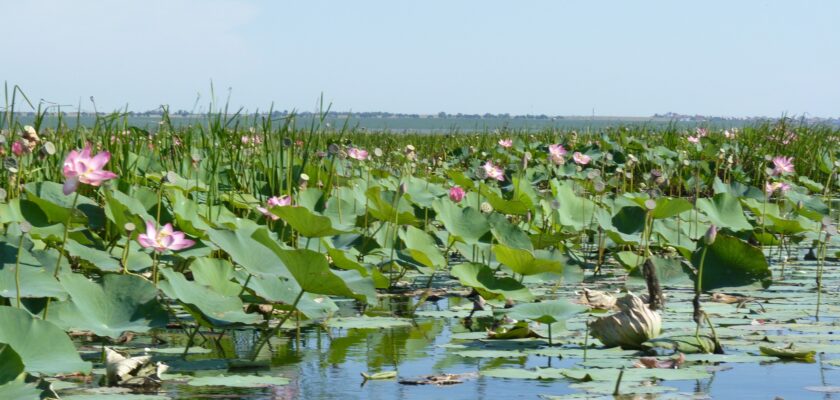Lotus Valley
Lotus Valley is a popular natural attraction in the Temryuksky district of Krasnodar Krai. Overgrown with Asian plants, it is located near the Akhtanizovsky estuary, not far from the villages of Starotitarovskaya, Akhtanizovskaya, Peresyp and Golubitskaya.
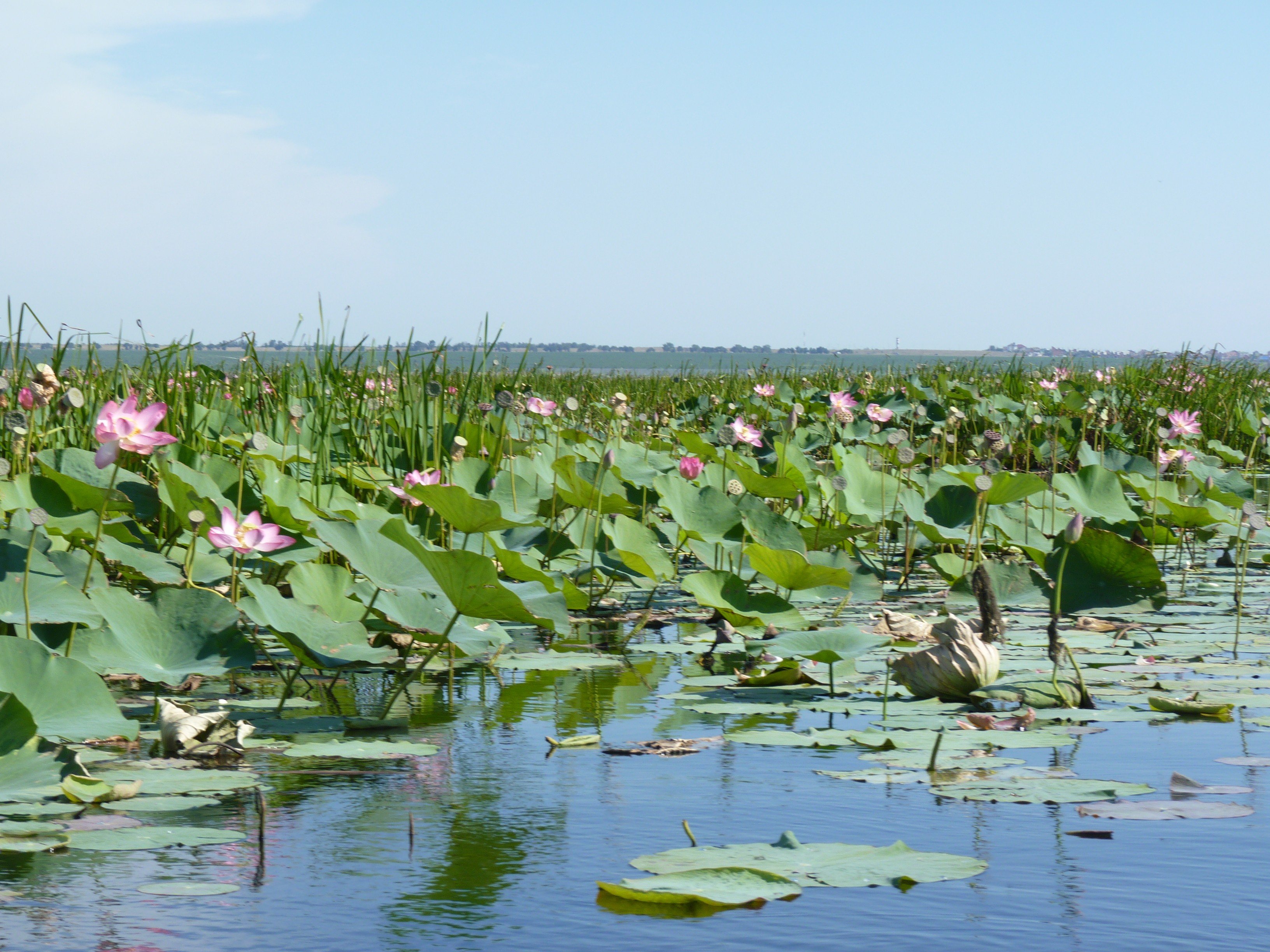
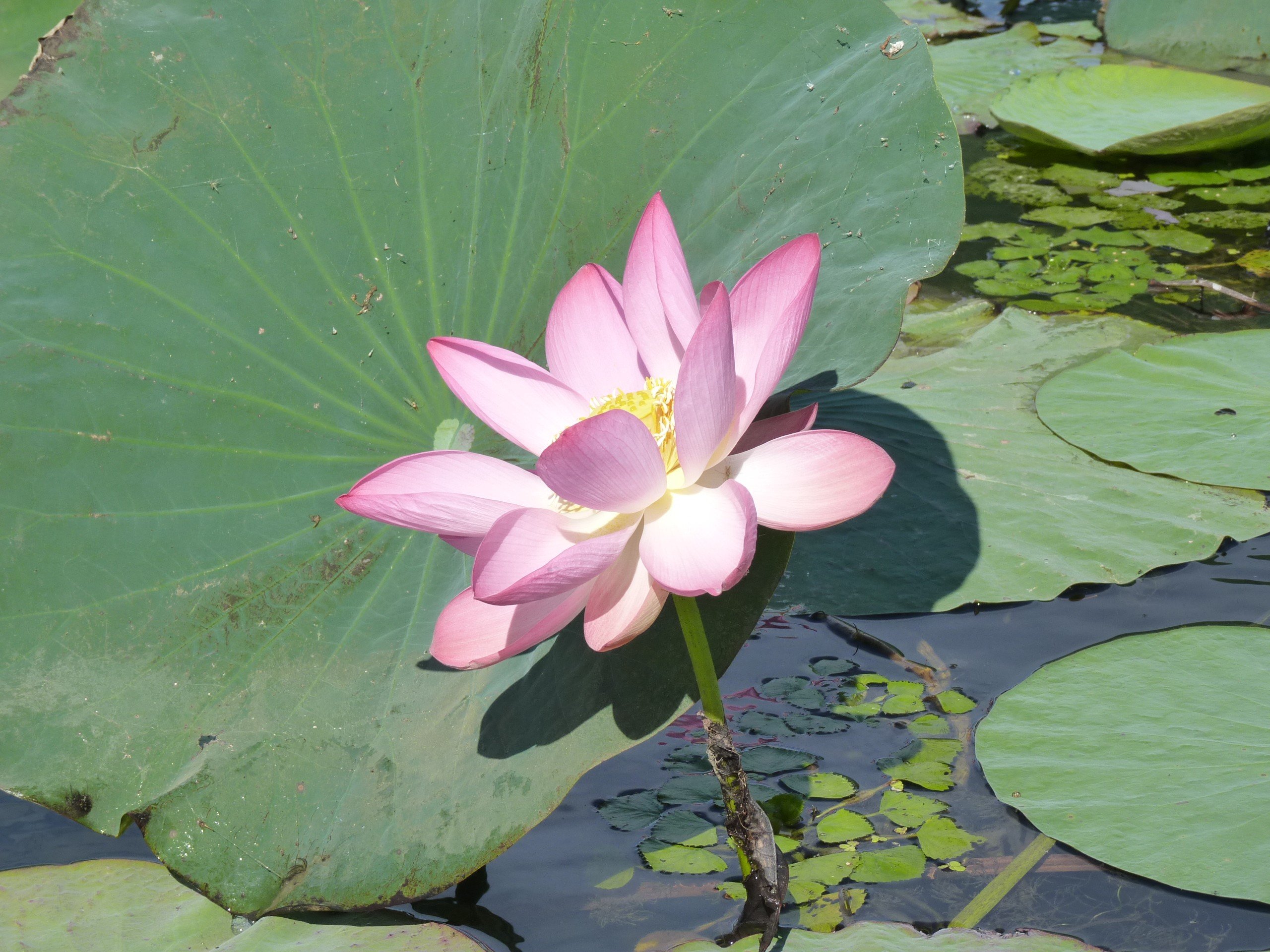
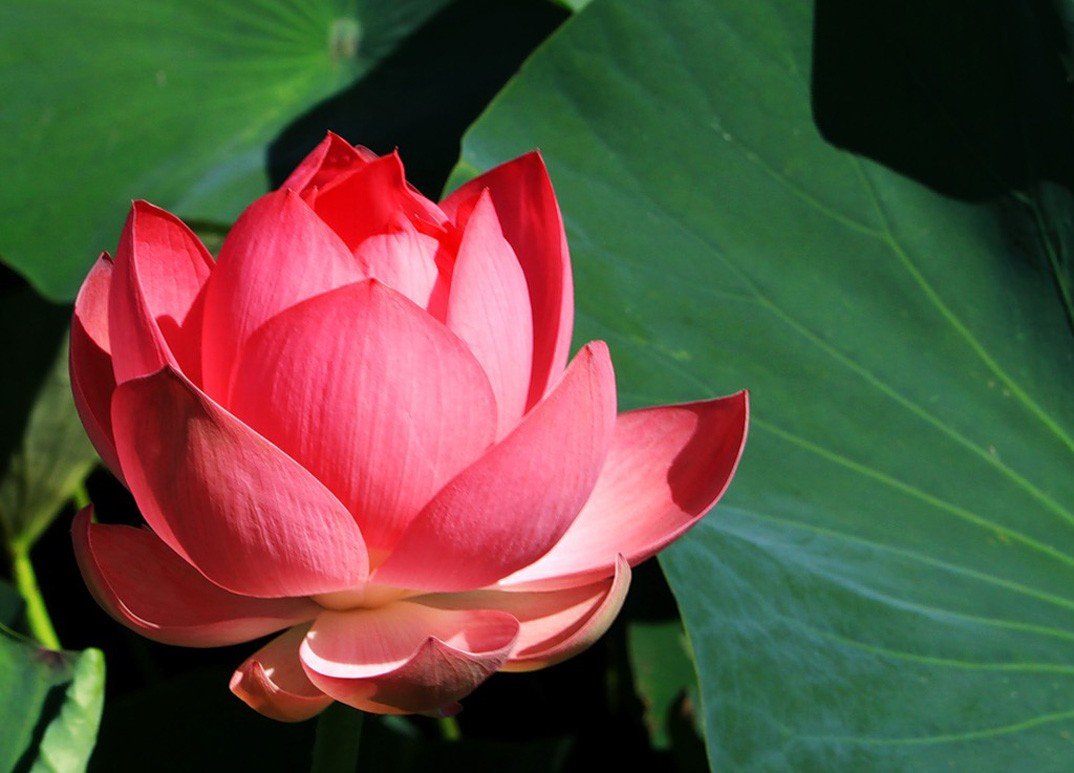
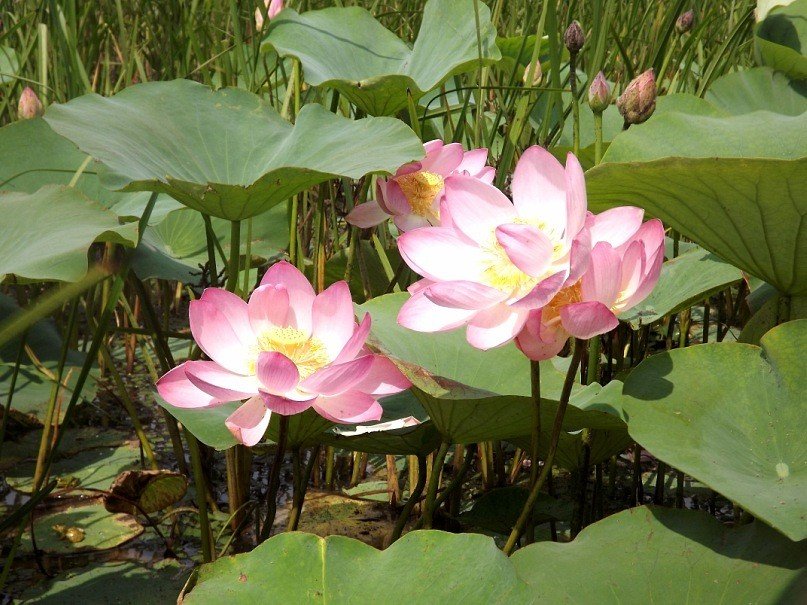
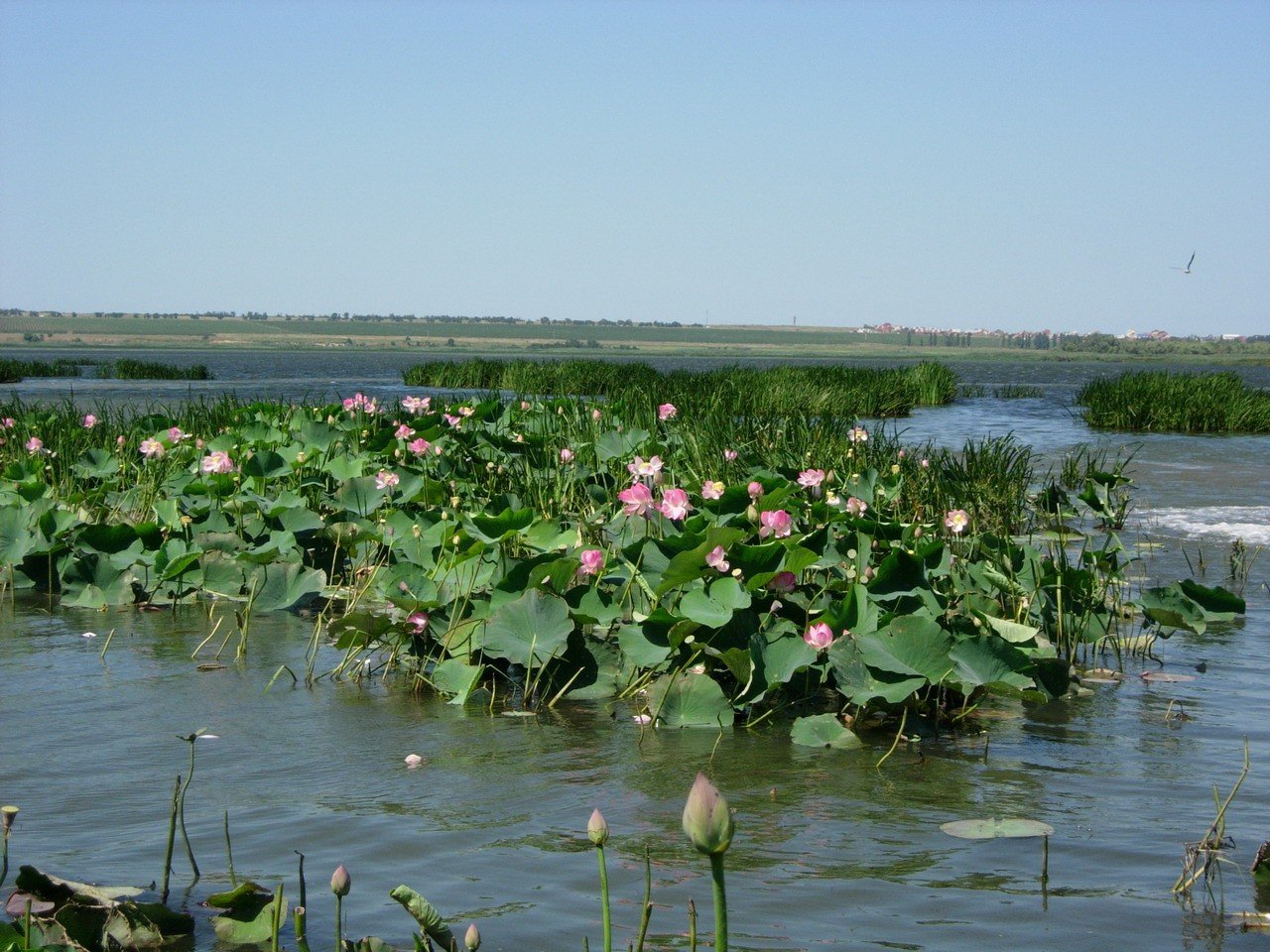
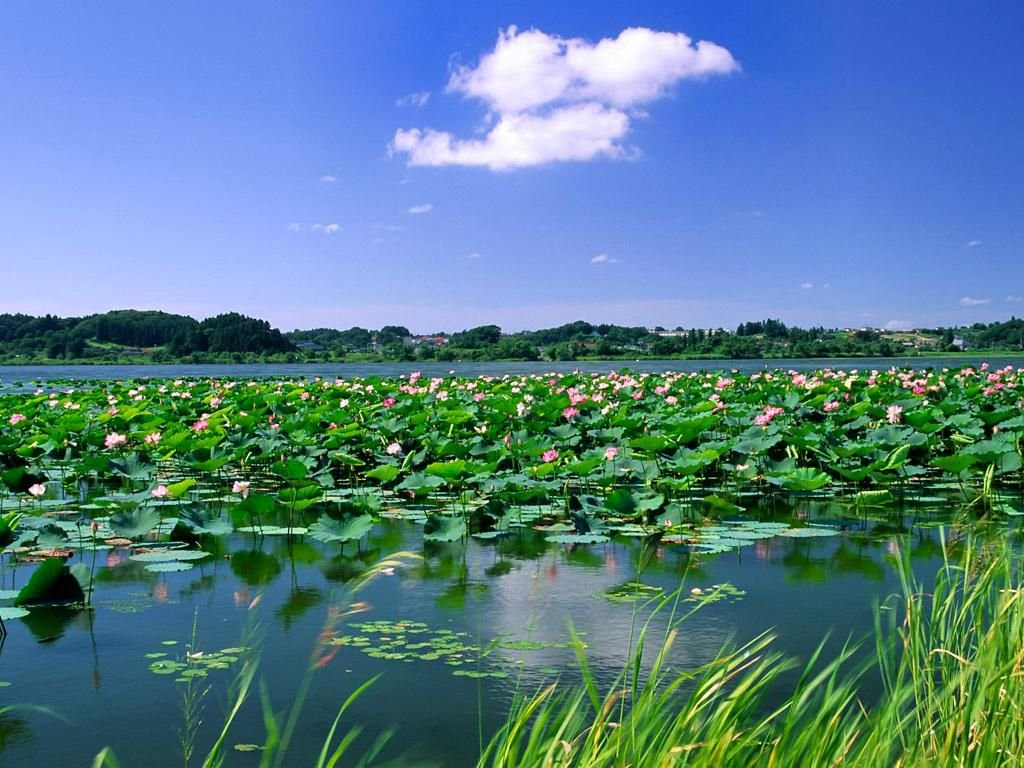
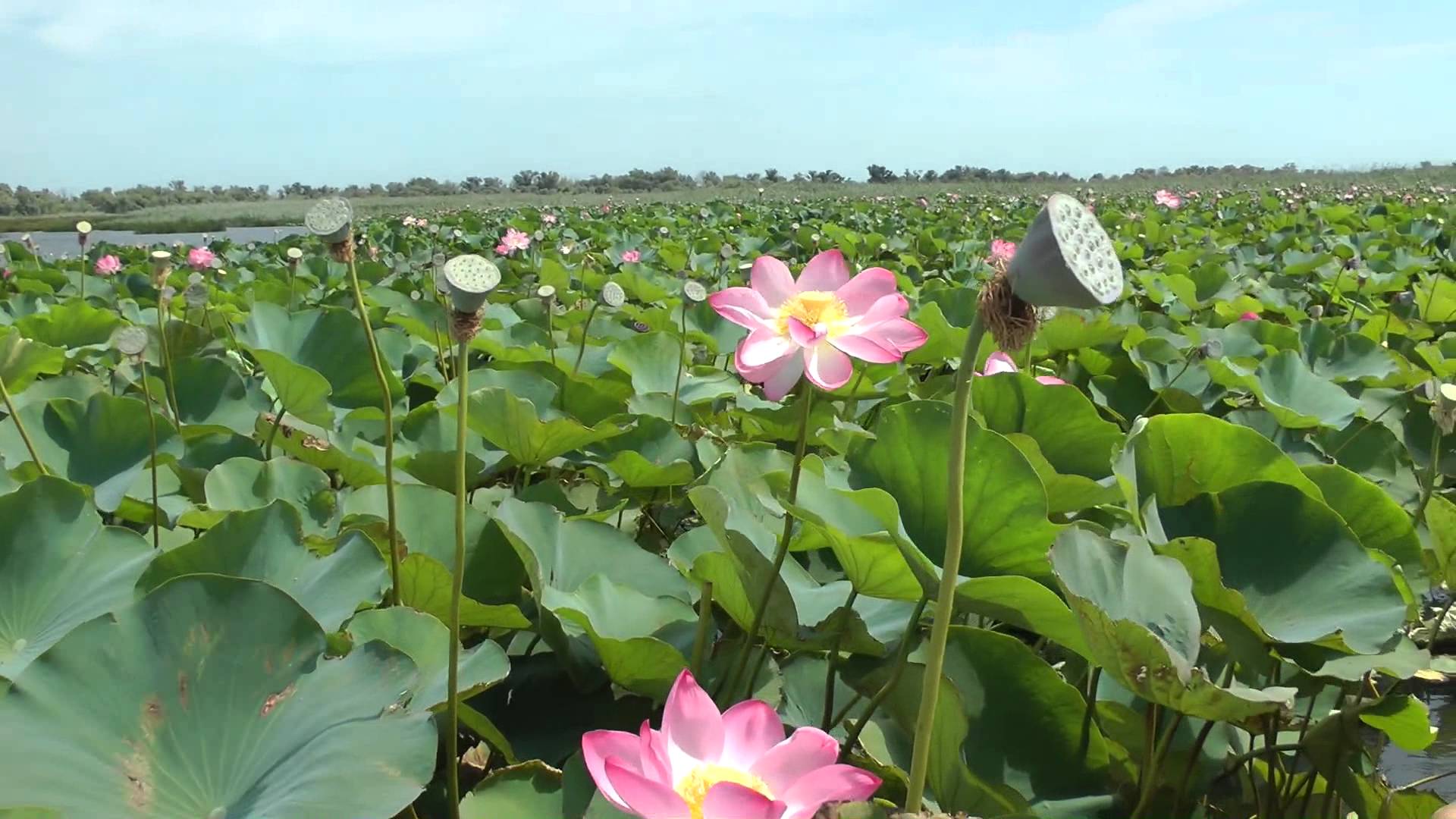
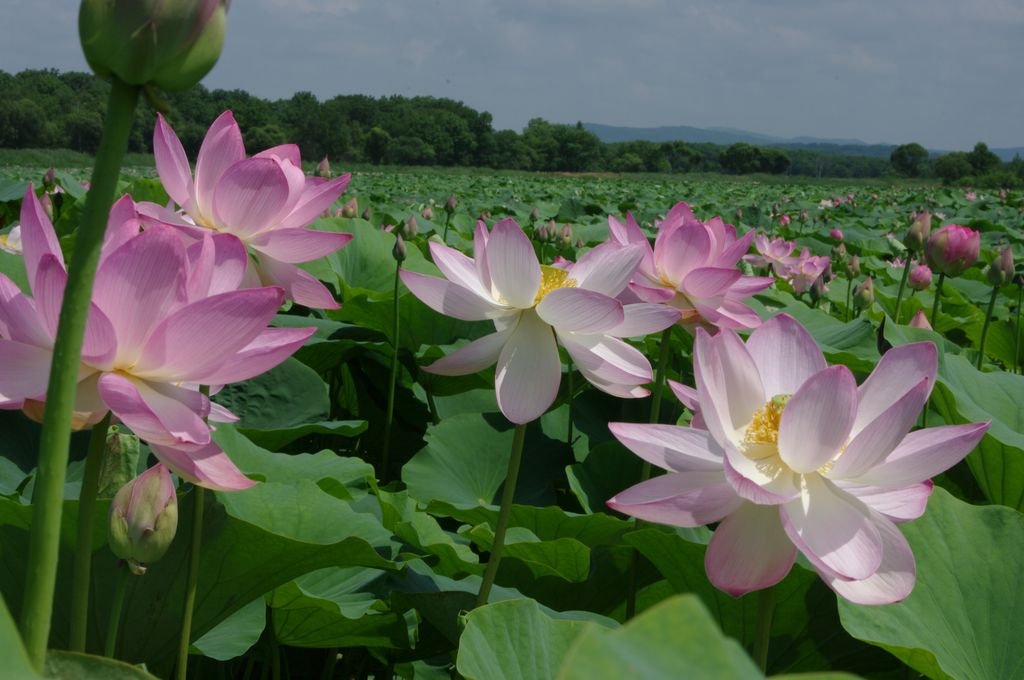
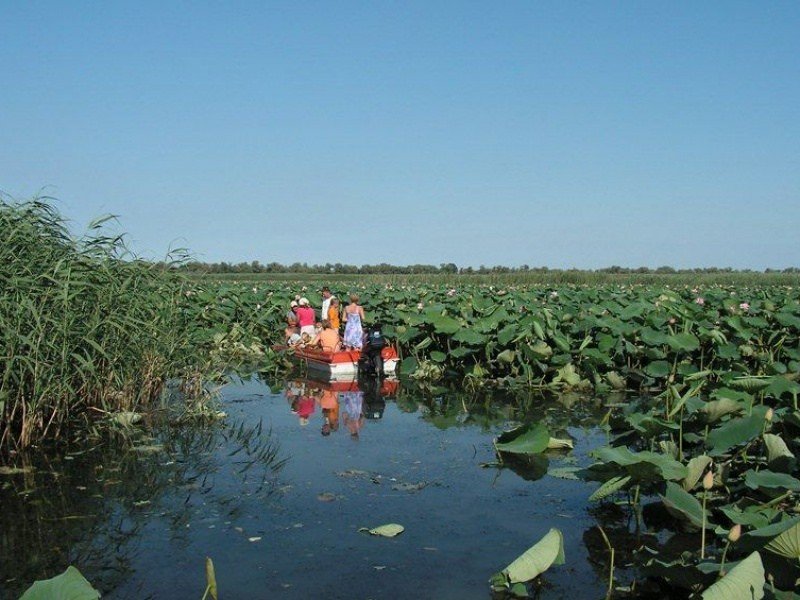
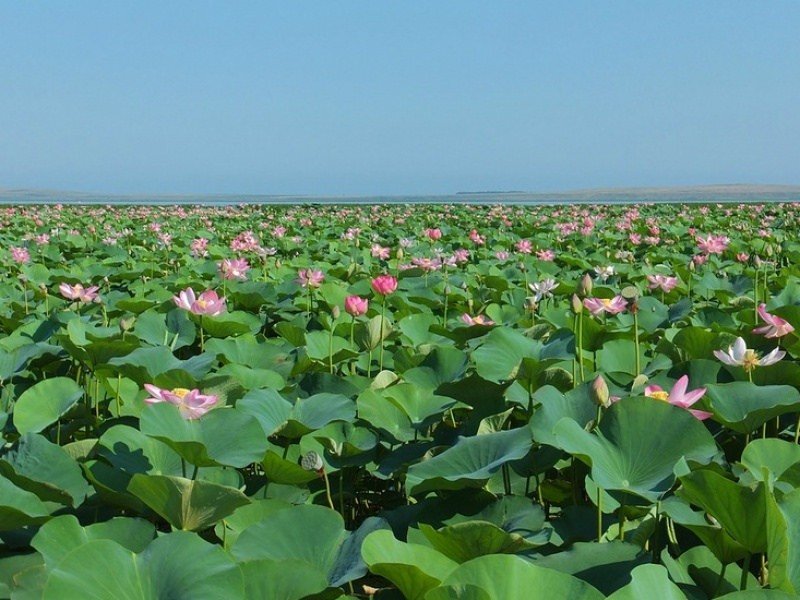
Video: Lotus Valley
ContentsHighlights
The canal that provides access to the Lotus Valley was dug about two hundred years ago. The locals had problems with fresh water, so they dug a man-made path connecting the fresh river with the salty Akhtanizovsky estuary. The channel was dug with shovels and pickaxes, and the clay from it was transported by wagons.
.
The Lotus Valley is very popular with tourists. Residents of Russia have few opportunities to find themselves in places where these beautiful flowers grow. Tourists who come here can admire the large opened inflorescences and large buds, as well as take picturesque photos.
.
During a tour of the Lotus Valley, guides tell tourists interesting legends associated with exotic plants. Lotus is honored in many cultures and religions of the world and has been known since the time of ancient Egypt. These flowers grew on the banks of the great Nile and personified fertility. In eastern religions, the lotus is also of great importance. A seated Buddha is often depicted on this flower.
.Tours to the Lotus Valley are organized on equipped boats and motorboats, where there are all the amenities. The trip lasts about 5-6 hours and, in addition to visiting the place where lotuses bloom, usually includes a picnic in nature and fishing in the estuary.
.The lotus valley attracts not only tourists vacationing in the Krasnodar region, but also local fishermen. The Erik River flowing here provides opportunities for a good catch. In it there are taran, perch, chekhon, pikeperch, catfish, pike and bream.
.History of the Lotus Valley
The history of lotus plantings began in 1938. Working as a hydrobiologist S. K. Troitsky brought seeds of this plant from the Astrakhan delta and began planting them in the estuaries along the eastern shore of the Sea of Azov. The first experience was not very successful, as most of the planted lotuses died.
.
In the 1960s, botanist A. G. Shekhov decided to continue Troitsky’s experiments and revive lotus plantings. He worked tirelessly, and after 10 years in the local estuaries could see many beautifully blooming lotuses. Encouraged by his success, the locals tried to plant the plants in other places, but they did not take root anywhere else.
.What to see on the tour
Large Indian lotuses start to appear near the place where the Yerik River flows into the Akhtanizovsky estuary. The most abundant blooming occurs from mid-July to late August, so in these two summer months most tourists come here.
.
While traveling through the Lotus Valley you can see in the natural habitat of gray and white herons, ducks and kingfishers, blooming yellow lilies and water nut – chilim. In the place where the lotuses bloom, the depth is shallow – only about 0.5 meters. The water here is fresh and warm, which is very conducive to the growth of exotic plants. Opened flowers reach a diameter of 10-15 cm. They delight with their beauty from 10 to 12 days, and then fade, leaving on a long stem green basket with seeds.
.
Exotic flowers are so pretty that you want to pick them and take them away as a memento. However, it is strictly forbidden to do so in the Lotus Valley. The unique natural plantation is protected and preserved so that in the future as many tourists as possible could see this miracle with their own eyes. Besides, it is pointless to pick lotuses, as a plucked flower without water lives only 10 minutes.
.How to get there
Most tourists get to the Lotus Valley with the help of local travel agencies. In this case, travelers do not have to worry about anything. They are guaranteed a transfer from their accommodation to the Lotus Valley and back.
Those who want to get to the Lotus Valley by their own car, you need to drive to Cossack Erik on the highway leading from Temryuk to Strelka, and then focus on the signs “Lotuses”. You should keep in mind that all the banks near the estuary are swampy, so you should get to the Lotus Valley by boat.
.